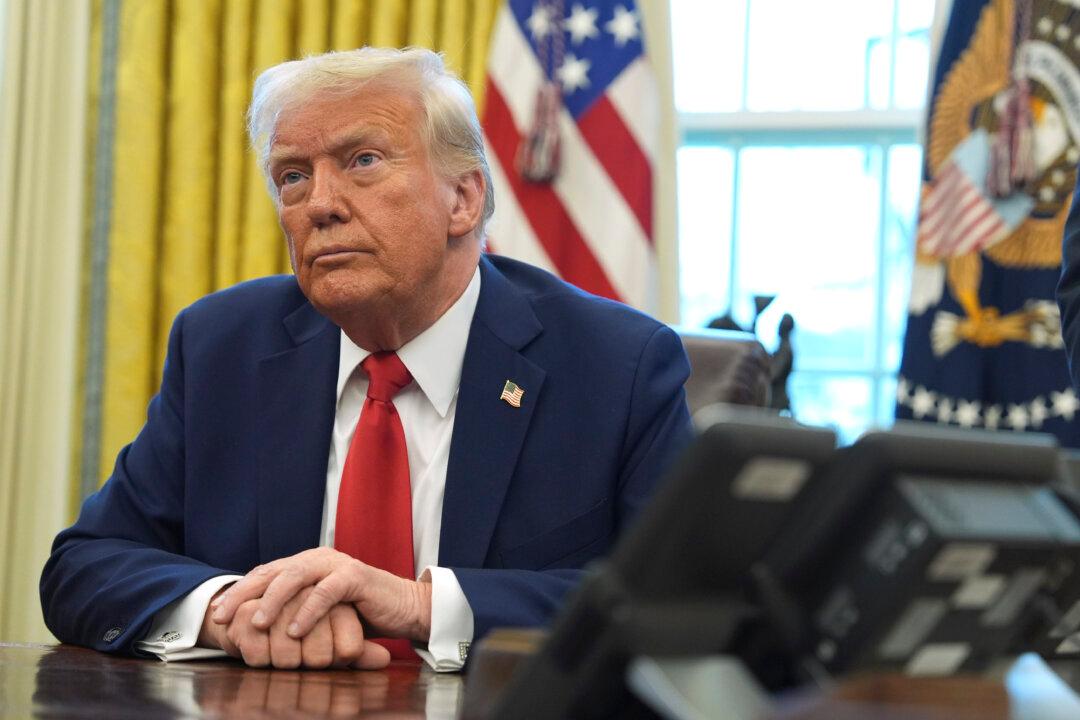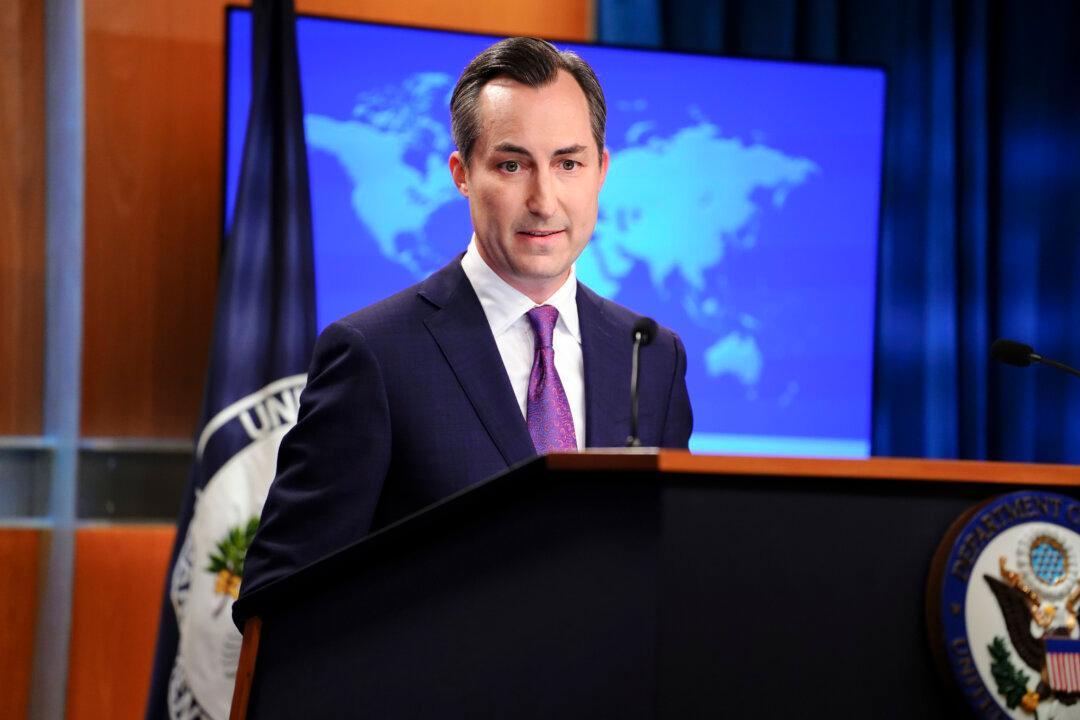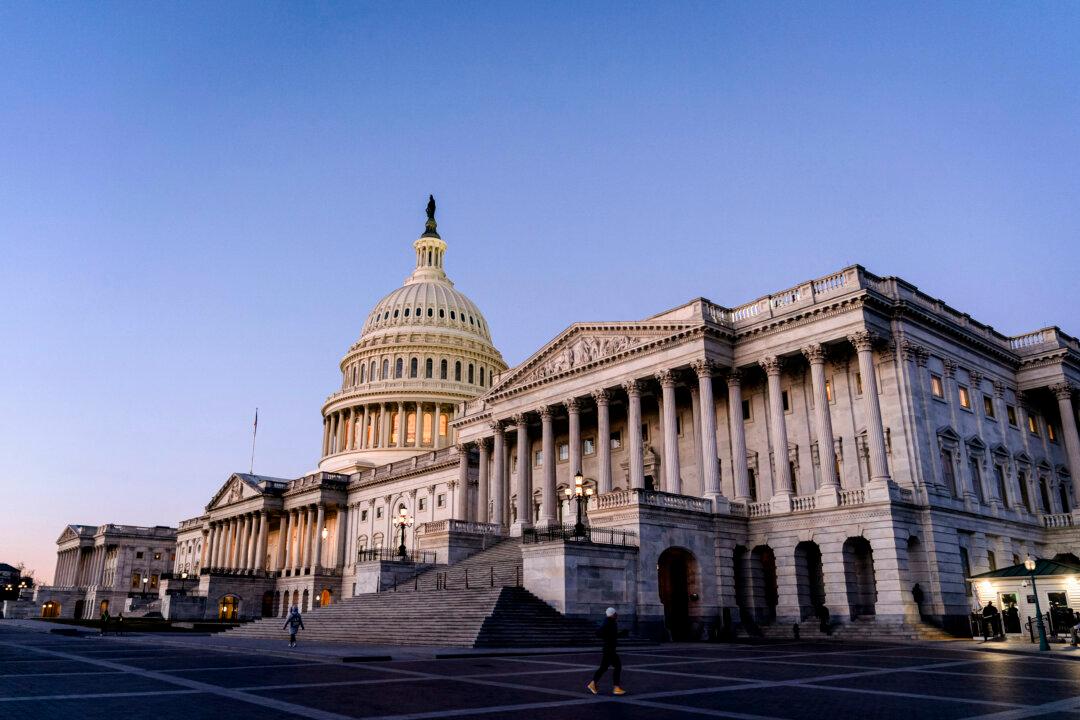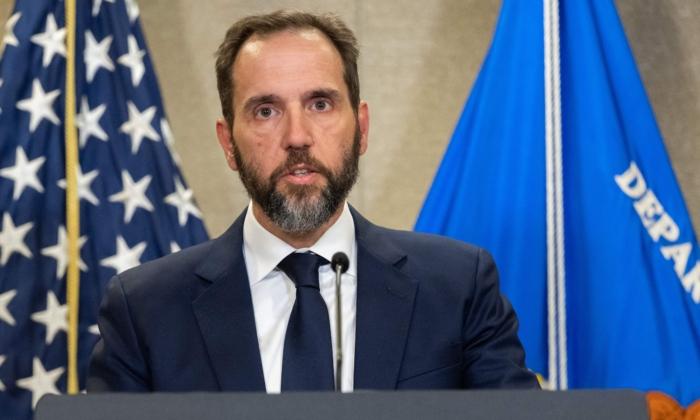In its latest broadside against the United States amid rising trade tensions, the Chinese regime issued a white paper squarely blaming Washington for the breakdown in trade talks, and accusing it of making unreasonable demands.
In a 5,000-word report detailing the regime’s position on the trade talks released by the State Council Information Office on June 2, Beijing refuted the U.S. administration’s allegation that it backtracked on promises made during trade discussions.
On May 10, the Trump administration raised tariffs to 25 percent from 10 percent on $200 billion of Chinese goods, after the regime allegedly reneged on commitments negotiated during months of trade talks.
Reuters reported at the time that those commitments included pledging to address core U.S. concerns, including theft of U.S. intellectual property, forced technology transfers, and currency manipulation.
The sudden reversal affected every chapter of the almost 150-page draft agreement that was being negotiated during bilateral talks, Reuters reported.
The report, however, said it was “common practice” for both parties to make new proposals and adjustments as the talks progressed, and accused the United States of consistently changing its demands over the past 11 rounds of talks.
Not long after the tariff increases, the Trump administration effectively banned Chinese telecom giant Huawei from doing business with U.S. firms on national security grounds.
Allegations of US Backtracking
The paper, which largely restates official policy positions and rhetoric, does not level any new threats against the United States. But it does raise three alleged instances of when Washington backtracked on its commitments during trade talks.The investigation findings had prompted President Donald Trump to propose imposing the first set of tariffs on $50 billion of Chinese products, which came into effect in July 2018.
The white paper, however, didn’t specify exactly how the Section 301 report amounted to the United States going back on a commitment made during discussions.
In the second alleged instance, the paper said the two sides issued a joint statement on May 19, “agreeing to refrain from fighting a trade war, to continue high level communications, and to actively seek solutions to respective economic and trade concerns.”
The paper claimed the United States “publicly announced that it would suspend the plan for additional tariffs on Chinese goods.”
A White House statement at the time said that if the two sides weren’t able to come to an agreement within the 90 days, then the tariff increase would proceed.
However, at no point has the administration indicated that it would drop the threat of increasing tariffs. On the contrary, the administration has maintained that tariffs remain on the table if a deal can’t be struck.
Two days before Trump announced the most recent tariff hike, Vice President Mike Pence said the United States “could put more tariffs on if we’re not able to reach an agreement.”





